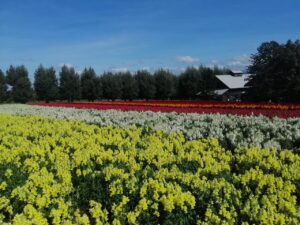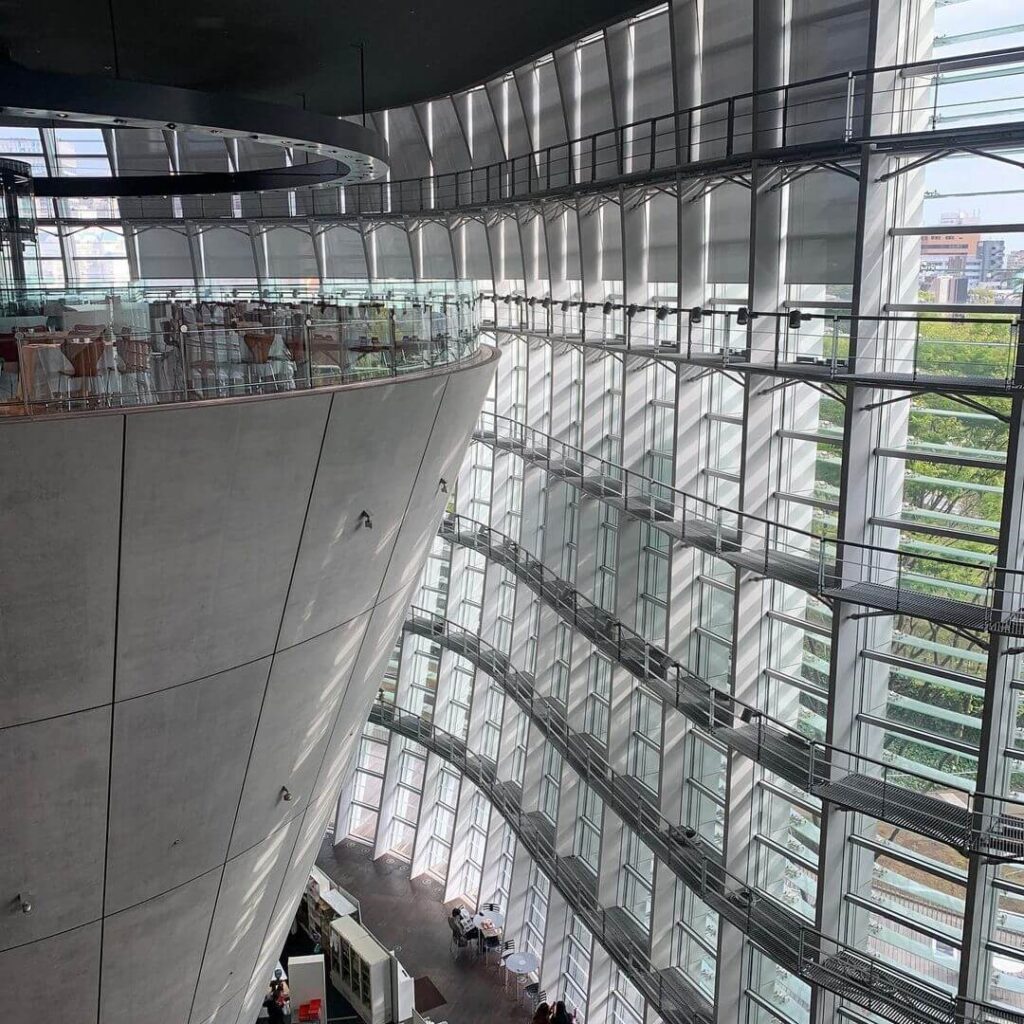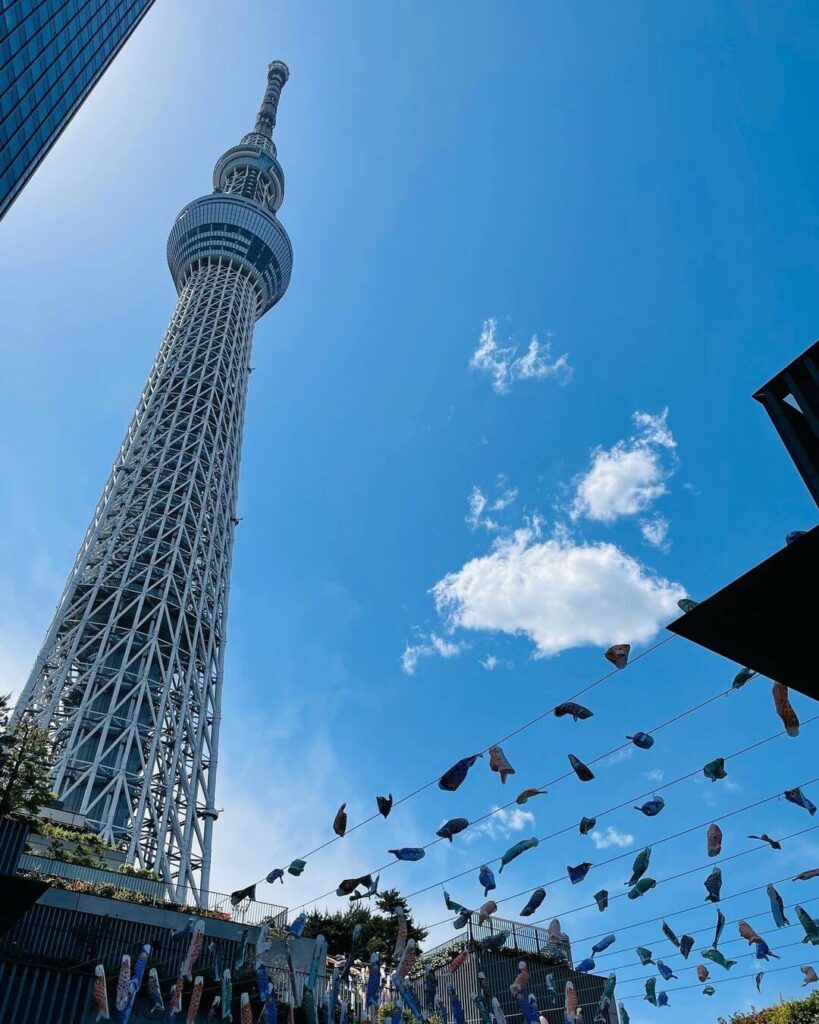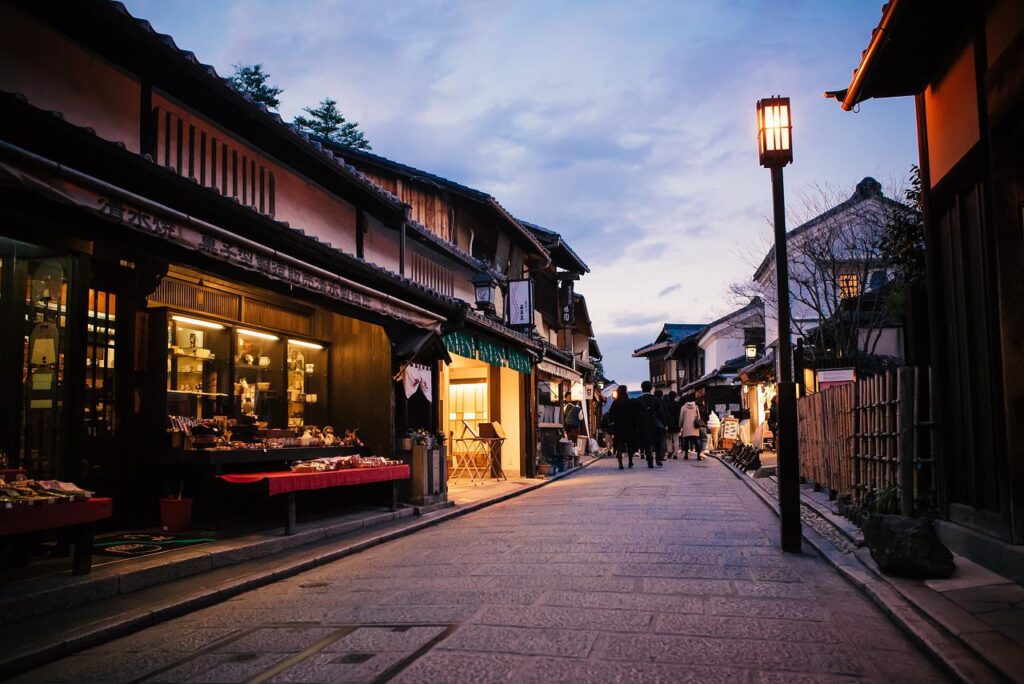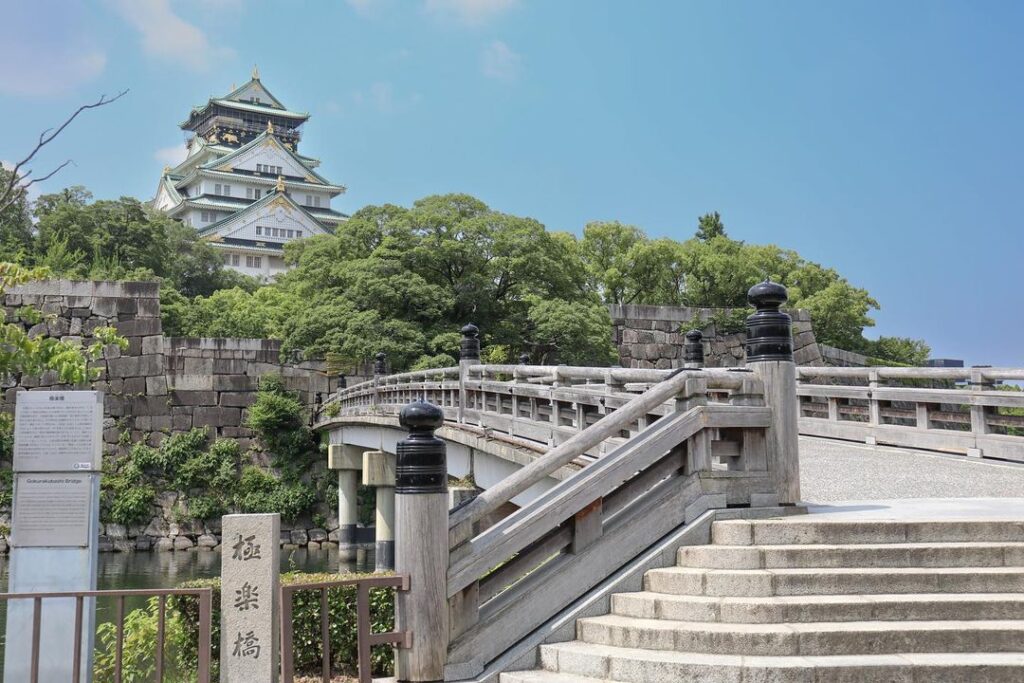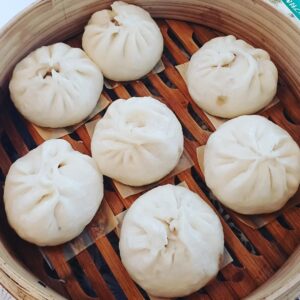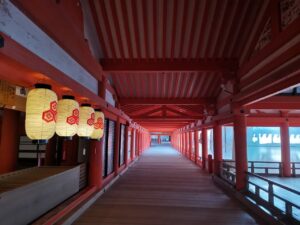Day 1
Begin your day by visiting Asakusa and exploring Senso-ji Temple. Delve into the rich history of this ancient Buddhist temple, marvel at the grandeur of the Kaminarimon Gate, and wander through Nakamise Shopping Street, famous for its traditional snacks and souvenirs. Next, venture to the Imperial Palace East Gardens to immerse yourself in nature and relish the serene atmosphere. Take a leisurely stroll, discovering the Ninomaru Garden and the remnants of Edo Castle.
In the afternoon, make your way to the vibrant district of Shibuya. Witness the iconic Shibuya Crossing, known as one of the world’s busiest intersections. Engage in a shopping spree at trendy shops, department stores, and fashionable boutiques. Don’t forget to pay homage to the beloved statue of Hachiko, the loyal dog. Experience the vibrant youth culture in Harajuku as you wander down Takeshita Street, renowned for its eccentric fashion stores and trendy cafes. Indulge in delectable crepes along the way.
Conclude the day with a delightful dinner in Tsukiji Fish Market or Yurakucho, savoring fresh sushi, seafood delicacies, or traditional Japanese cuisine. Capture the breathtaking panoramic view of the cityscape from Tokyo Tower and, if time permits, visit Zojoji Temple in Shiba Park.
Day 2
Embark on an exploration of the dynamic district of Shinjuku. Start your day with a visit to the tranquil Shinjuku Gyoen National Garden, where you can immerse yourself in the beauty of its gardens, serene ponds, and, during spring, the enchanting cherry blossoms. Take a leisurely stroll and bask in the peaceful ambiance. Continue to Kabukicho, the lively entertainment area. Wander through its vibrant streets adorned with neon lights, offering a plethora of entertainment venues and diverse dining options.
In the afternoon, dive into the world of technology and pop culture in Akihabara Electric Town. Explore numerous electronic shops, anime and manga stores, and gaming centers. Indulge in your hobbies, whether it’s collecting figurines, testing out the latest gadgets, or unearthing rare retro games.
In the evening, relish a captivating Kabuki performance at the National Theatre, immersing yourself in the traditions of classical Japanese theater. Admire the elaborate costumes, impressive stage sets, and unique acting style of Kabuki. Conclude your day with a farewell dinner in Tsukiji Fish Market or Ginza, savoring fresh sushi, sashimi, or exploring upscale dining options. Celebrate your time in Tokyo with a remarkable culinary experience. In the evening, embrace the vibrant nightlife in Roppongi, discovering trendy bars, clubs, and entertainment venues. Enjoy live music, dance performances, or simply unwind with a drink while soaking in the lively atmosphere.
Day 3
Set out to explore the cultural hub of Ueno. Begin by immersing yourself in the treasures of Ueno Park, home to major museums and attractions such as the Tokyo National Museum, Ueno Zoo, and Shinobazu Pond. Immerse yourself in art, history, and the beauty of nature. Take a leisurely stroll along the bustling Ameya-Yokocho Market, located near Ueno Station. This vibrant market offers a wide variety of goods, including clothing, accessories, fresh produce, and street food. Immerse yourself in the lively atmosphere and discover unique souvenirs or delectable snacks.
In the afternoon, return to Shibuya for a different experience. Ascend to the observation deck of Shibuya Scramble Square for panoramic views of the city, including the famous Shibuya Crossing. Explore the historic streets of Kagurazaka to discover the traditional side of Tokyo. Visit traditional tea houses, boutique shops, and experience a traditional tea ceremony.
In the evening, treat yourself to a culinary adventure at one of Tokyo’s famous food alleys. Visit Sumida River Yakitori Alley in Asakusa or Tsukiji Outer Market in Tsukiji, where you can indulge in a wide array of delicious street food and fresh seafood. Conclude your trip by experiencing Tokyo’s vibrant nightlife in Roppongi. Explore the lively bars, clubs, and entertainment venues, and enjoy live music performances, dance shows, or simply relax while immersing yourself in the energetic atmosphere. (Optional: Extra 2 days)
Day 4 (Optional)
Embark on a journey through the upscale district of Meguro. Take a leisurely stroll along the picturesque Meguro River during cherry blossom season, and marvel at the breathtaking scenery and serene atmosphere. Visit the Tokyo Metropolitan Art Museum in Ueno Park to explore its diverse collection of Japanese and international artworks, including paintings, sculptures, and crafts. Immerse yourself in the world of art and appreciate the creativity on display.
In the afternoon, venture to Shinagawa to discover its modern architecture and vibrant shopping scene. Explore contemporary shopping complexes such as Aqua City Odaiba or the shopping area near Shinagawa Station, where you can indulge in retail therapy and enjoy a wide range of dining options. For a captivating experience, visit the teamLab Borderless digital art museum in Odaiba, where you can immerse yourself in interactive digital art installations that combine art and technology. Explore the mesmerizing exhibits and be amazed by the visual effects. In the evening, savor a memorable dining experience at one of Tokyo’s themed restaurants. Choose from a variety of options, including robot-themed restaurants, maid cafes, or ninja-themed establishments. Immerse yourself in the unique ambiance and enjoy the entertaining performances.
Day 5 (Optional)
On your final day, consider taking a day trip to the historic city of Kamakura, located just outside Tokyo, or visit Tokyo Disneyland or Tokyo DisneySea for a day filled with fun and adventure. In Kamakura, visit famous landmarks such as the Great Buddha (Daibutsu) and Tsurugaoka Hachimangu Shrine. Explore the charming streets filled with traditional shops and cafes, and immerse yourself in the rich history and culture of the city.
